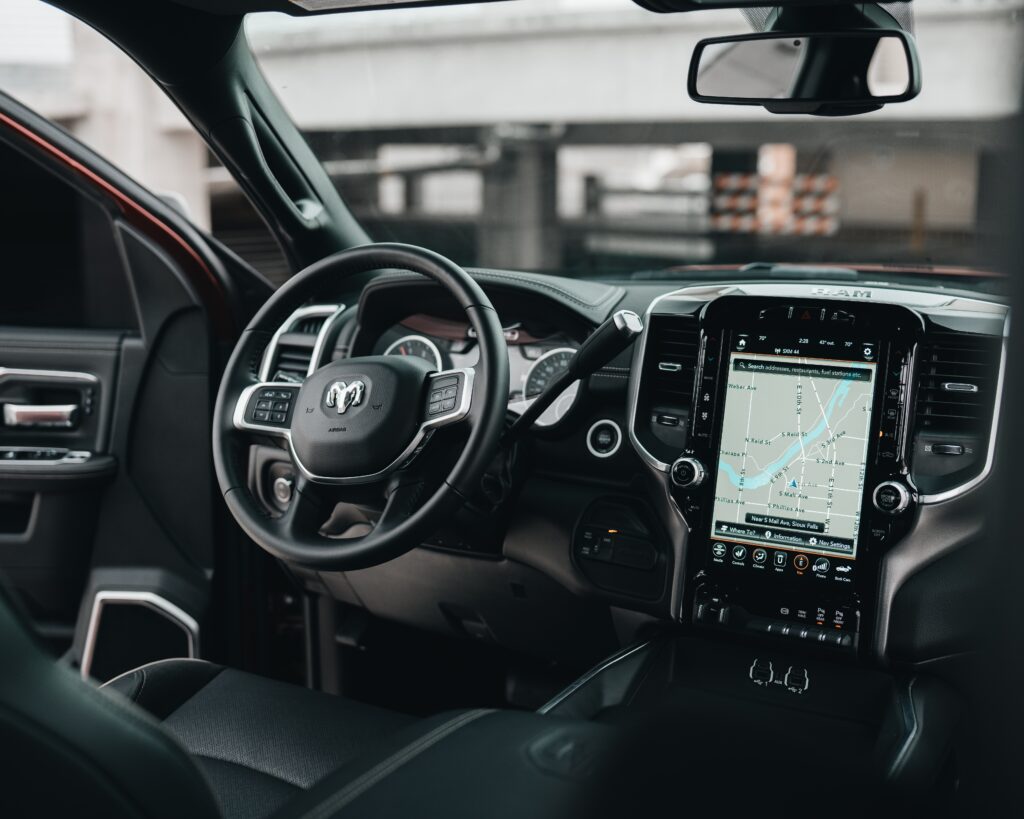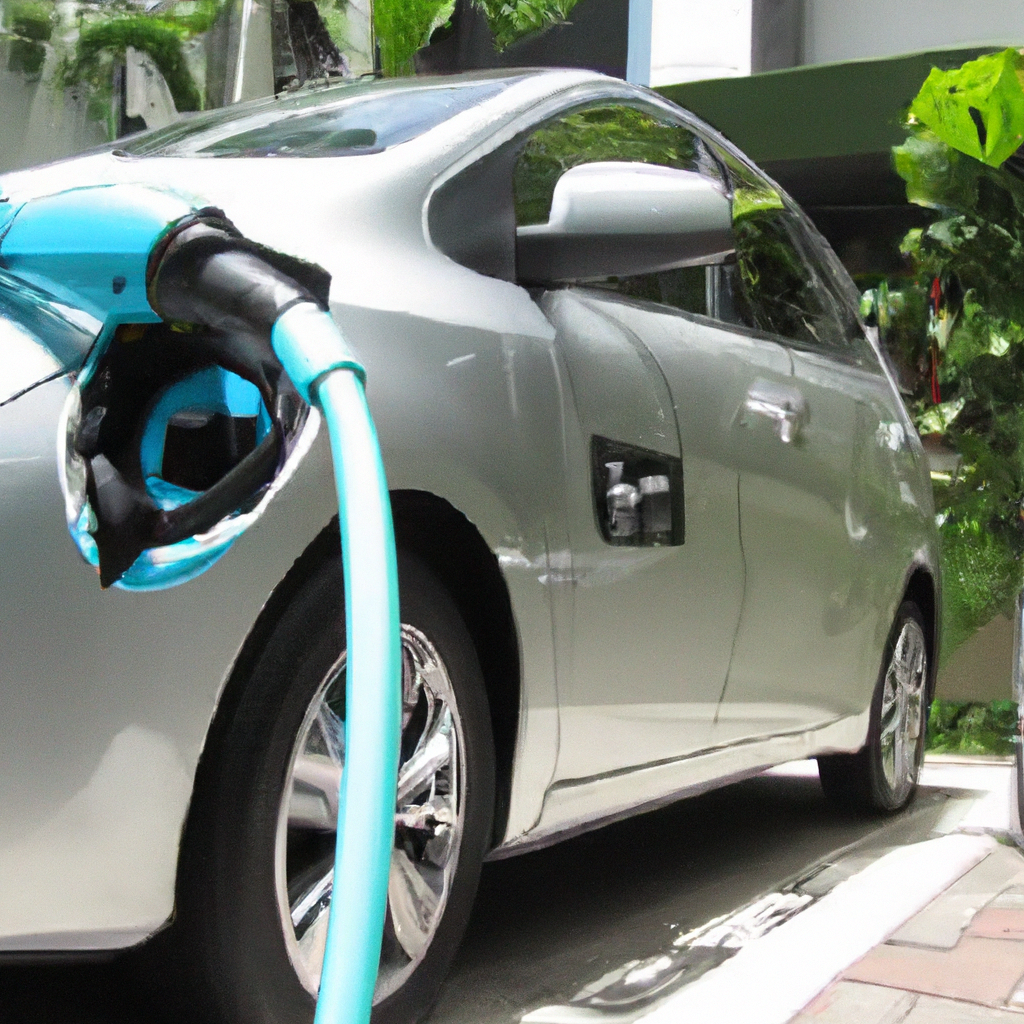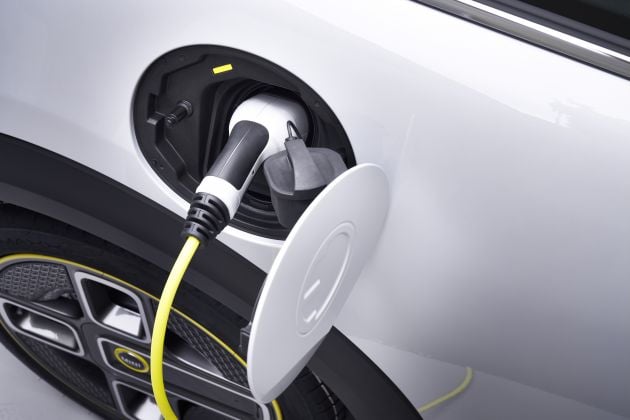Types Of EV Chargers: Level 1, Level 2, And DC Fast Charging
September 23, 2023 | by Jacob Kang

In the world of electric vehicles, understanding the different types of chargers is crucial for owners and enthusiasts alike. With Level 1, Level 2, and DC Fast Charging options available, it’s essential to know what sets them apart and how they can benefit your charging experience. In this article, we’ll explore each type of charger, delving into their characteristics, charging speeds, and compatibility with different electric vehicle models. By the end, you’ll have a comprehensive understanding of the various EV chargers available, empowering you to make informed choices and enhance your electric driving journey.
Level 1 Chargers
What is a Level 1 Charger?
A Level 1 charger, also known as a slow charger, is the most basic type of electric vehicle (EV) charger available in the market. It typically comes standard with every electric car and is designed to be plugged into a standard 120-volt residential wall outlet.
How does a Level 1 Charger work?
When you plug your EV into a Level 1 charger, it converts the alternating current (AC) from the wall outlet into direct current (DC) to charge your vehicle’s battery. However, it is important to note that Level 1 chargers have a lower charging speed compared to other types of chargers. On average, they offer a charging rate of 2-5 miles of range per hour, depending on the specific vehicle.
Pros and Cons of Level 1 Chargers
Pros
One of the main advantages of Level 1 chargers is their affordability and accessibility. Since they come included with the purchase of an electric car, you do not need to spend any extra money to get started with charging. Additionally, you can use a Level 1 charger with a regular household outlet, making it convenient for those who do not have access to dedicated charging infrastructure.
Cons
The main drawback of Level 1 chargers is their slow charging speed. Charging your EV with a Level 1 charger can take a significant amount of time, especially if you have a large battery or need to rely on it as your primary charging method. Additionally, if you frequently drive long distances or have a high daily mileage, the limited range added by a Level 1 charger may not be sufficient for your needs.
Is a Level 1 Charger suitable for you?
Whether a Level 1 charger is suitable for you depends on your individual charging requirements and driving habits. If you have a short daily commute, rarely drive long distances, and have access to a Level 1 charger overnight, it can be a convenient and cost-effective option for keeping your EV charged. However, if you have a higher driving demand or rely on your vehicle for long trips, you may want to consider investing in a faster charging solution.

This image is property of images.unsplash.com.
Level 2 Chargers
What is a Level 2 Charger?
A Level 2 charger, also known as a home charger or medium charger, provides faster charging compared to a Level 1 charger. It operates at 240 volts, which requires a dedicated circuit and a special power outlet. Level 2 chargers are commonly installed in residential homes, workplaces, and public charging stations.
How does a Level 2 Charger work?
Level 2 chargers use a higher voltage than Level 1 chargers, allowing for a quicker transfer of power to your EV’s battery. They can provide a charging rate of 10-30 miles of range per hour, depending on your EV’s compatibility and the specific charger model.
Pros and Cons of Level 2 Chargers
Pros
The primary advantage of Level 2 chargers is their significantly faster charging speed compared to Level 1 chargers. With a Level 2 charger, you can add more range to your EV in a shorter amount of time, making it more convenient for daily charging needs or longer trips. Additionally, Level 2 chargers are compatible with most EVs on the market, allowing for broader usage.
Cons
One of the limitations of Level 2 chargers is the need for a dedicated electrical circuit and a specialized power outlet. This may require professional installation and additional costs, especially if you do not already have an electrical setup capable of supporting a Level 2 charger. Furthermore, while the charging speed is faster than Level 1 chargers, it may still not be quick enough for drivers with high daily or frequent long-distance travel requirements.
Is a Level 2 Charger suitable for you?
If you’re looking for a faster and more reliable charging option for your EV, a Level 2 charger is likely to be a suitable choice. It offers a significant improvement in charging speed compared to a Level 1 charger, making it more convenient for most EV owners. However, it is essential to consider the installation requirements and costs associated with Level 2 chargers before making a decision. If you have a long daily commute or need to frequently recharge your EV, a Level 2 charger can provide the necessary speed and convenience.

This image is property of images.unsplash.com.
DC Fast Charging
What is DC Fast Charging?
DC Fast Charging, also known as Level 3 charging or rapid charging, is the fastest charging option available for electric vehicles. It utilizes direct current (DC) to charge your EV’s battery at a much higher rate than Level 1 or Level 2 chargers. DC Fast Chargers are typically found at public charging stations, highway rest areas, and commercial establishments.
How does DC Fast Charging work?
DC Fast Chargers bypass the onboard charger of your EV and directly connect to the battery, allowing for a more efficient and rapid charging process. They can provide a charging rate of 60-80% battery capacity in as little as 20-30 minutes, depending on the specific charger and the capability of your vehicle.
Pros and Cons of DC Fast Charging
Pros
The most significant advantage of DC Fast Charging is its exceptional speed. With a DC Fast Charger, you can quickly top up your EV’s battery during a short break, allowing you to continue your journey with minimal downtime. This makes it an ideal solution for long trips or when you’re on the road and need a quick charge. Additionally, DC Fast Chargers are often equipped with multiple charging ports, reducing the chances of encountering a wait-time due to high demand.
Cons
While DC Fast Charging offers rapid charging, it does come with a few limitations. Firstly, not all electric vehicles are compatible with DC Fast Charging. Some models may require additional equipment or have limitations on the charging speed. Additionally, the installation costs for DC Fast Charging stations are considerably higher compared to Level 1 or Level 2 chargers. As a result, they are primarily found in public spaces and commercial areas, making them less accessible for personal or residential use.
Is DC Fast Charging suitable for you?
DC Fast Charging is best suited for EV owners who frequently travel long distances or rely on their vehicles for extended periods away from home. It allows for quick top-ups during busy schedules and ensures you have enough range to reach your destination without significant delays. However, it is essential to check your EV’s compatibility with DC Fast Charging and consider the availability of charging stations along your typical routes before relying heavily on this option.
In conclusion, understanding the different types of EV chargers available is crucial for every electric vehicle owner. Level 1 chargers offer basic home charging capabilities, while Level 2 chargers provide faster and more convenient charging options. DC Fast Charging, on the other hand, offers exceptionally quick charging for those on the go. By considering your daily driving habits, charging requirements, and availability of charging infrastructure, you can choose the charger type that best suits your needs and ensures a seamless electric vehicle ownership experience.

This image is property of images.unsplash.com.
RELATED POSTS
View all


